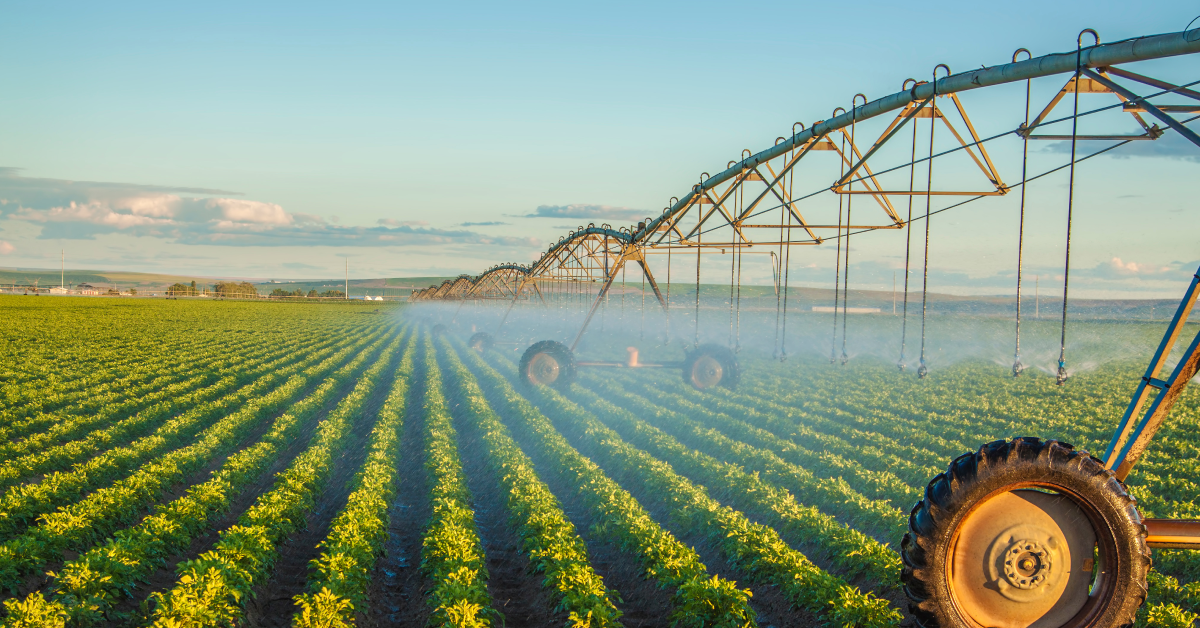Infrastructure is the invisible framework that supports the everyday functioning of societies. From the roads we drive on to the clean water flowing from our taps, thoughtful infrastructure design plays a significant role in shaping our daily experiences. Whether you realize it or not, the way cities and communities are planned and built has a direct impact on your daily activities, safety, and overall quality of life. In this article, we’ll explore how infrastructure design influences various aspects of life and why it’s essential for a well-functioning society.
1. Transportation and Mobility
The most immediate way infrastructure design affects daily life is through transportation systems. Roads, highways, railways, and airports are the arteries of any city or region, facilitating movement and commerce. Effective transportation infrastructure makes commuting faster, safer, and more efficient, saving time and reducing stress.
How Transportation Infrastructure Impacts Daily Life:
- Traffic Flow and Congestion: Good road design minimizes traffic jams, reducing travel time and increasing productivity.
- Public Transportation: Well-designed bus and train networks ensure easy access to jobs, schools, and essential services.
- Pedestrian and Bicycle Paths: Safe and accessible walking and biking routes encourage healthier, more sustainable commuting options.
- Access to Services: A well-connected transportation system ensures that individuals can access hospitals, schools, and shopping centers easily.
2. Utilities and Resource Distribution
Infrastructure also includes systems that deliver essential resources like water, electricity, and gas. The way these systems are designed impacts not only availability but also quality and reliability. A well-planned utility system ensures a stable supply, reduces waste, and can even incorporate sustainability measures to protect the environment.
How Utilities Affect Daily Life:
- Water Supply: Effective water infrastructure ensures clean, safe drinking water, as well as water for sanitation and cooking.
- Energy Supply: Reliable electricity grids power homes, schools, businesses, and hospitals. Smart grids, for example, optimize energy use and reduce costs.
- Waste Management: Properly designed waste collection and sewage systems prevent pollution and ensure sanitary living conditions.
- Sustainability: Green infrastructure and energy-efficient designs reduce environmental impact, saving resources for future generations.
3. Healthcare and Emergency Services
Infrastructure design isn’t just about roads and utilities; it also extends to the facilities that support healthcare and emergency services. Hospitals, clinics, fire stations, and police stations are all part of the critical infrastructure that ensures the health and safety of communities.
How Healthcare and Emergency Services Impact Daily Life:
- Access to Healthcare: Well-planned healthcare infrastructure ensures that medical services are accessible and equipped to handle emergencies and routine care.
- Emergency Response: A reliable infrastructure for emergency services, like ambulances and fire departments, ensures quick responses to crises, saving lives.
- Public Health: Infrastructure that promotes clean air, water, and waste management directly affects public health by reducing exposure to disease and pollutants.
4. Communication and Connectivity
In today’s digital age, communication infrastructure is just as crucial as roads and water systems. Telecommunications, including internet access, phone networks, and data systems, allow individuals to stay connected and conduct business, education, and healthcare remotely.
How Communication Infrastructure Affects Daily Life:
- Work and Education: High-speed internet and reliable phone systems are essential for remote work and online learning.
- Access to Information: Communication infrastructure enables access to news, government services, and healthcare information, improving community awareness and engagement.
- Social Connections: Strong telecommunication networks keep families and communities connected, bridging gaps between people across distances.
- Business and Innovation: Reliable communication systems foster business growth and technological innovation, driving economic development.
5. Public Safety and Resilience
The design of infrastructure also affects a community’s ability to withstand natural disasters, economic challenges, and other emergencies. Infrastructure that is resilient to flooding, earthquakes, and extreme weather conditions is essential for maintaining safety and reducing disruption in daily life.
How Resilient Infrastructure Affects Daily Life:
- Disaster Preparedness: Infrastructure that includes flood barriers, emergency shelters, and resilient buildings can mitigate the impact of natural disasters.
- Urban Heat Management: Cities with effective green spaces and cooling infrastructure (such as parks and green roofs) reduce heat effects during extreme weather.
- Resilient Systems: Well-designed infrastructure helps communities recover quickly from disruptions, ensuring continued access to essential services.
6. Environmental Impact and Sustainability
How infrastructure is designed can also affect the environment, and in turn, the quality of life for residents. Sustainable infrastructure is vital for reducing pollution, conserving resources, and improving overall living conditions.
How Sustainable Infrastructure Affects Daily Life:
- Air and Water Quality: Infrastructure systems that control emissions and manage waste effectively ensure cleaner air and water, contributing to better health.
- Energy Efficiency: Green buildings, solar power, and energy-efficient transportation systems reduce carbon footprints and lower utility costs.
- Green Spaces: Public parks, urban forests, and green roofs contribute to better mental health, recreation, and biodiversity within urban environments.
7. Economic Growth and Job Creation
Effective infrastructure design supports economic activity by enabling trade, commerce, and innovation. It also plays a key role in job creation and overall economic development, providing a foundation for businesses to grow and people to thrive.
How Infrastructure Supports Economic Life:
- Business Growth: Infrastructure facilitates the transportation of goods, supports digital communication, and enables industries to operate efficiently.
- Job Creation: Infrastructure projects themselves create jobs, ranging from construction and engineering to management and logistics.
- Attracting Investment: Well-developed infrastructure makes cities and regions more attractive to businesses, stimulating investment and economic growth.
Conclusion
The design of infrastructure has a profound impact on our daily lives, influencing everything from the roads we travel to the quality of water we drink. By prioritizing effective, sustainable, and resilient infrastructure, we can ensure that communities thrive, resources are efficiently used, and future generations inherit functional, safe, and eco-friendly systems. Thoughtful infrastructure design is not only essential for improving daily living but also plays a significant role in shaping the future of cities and societies around the world.



